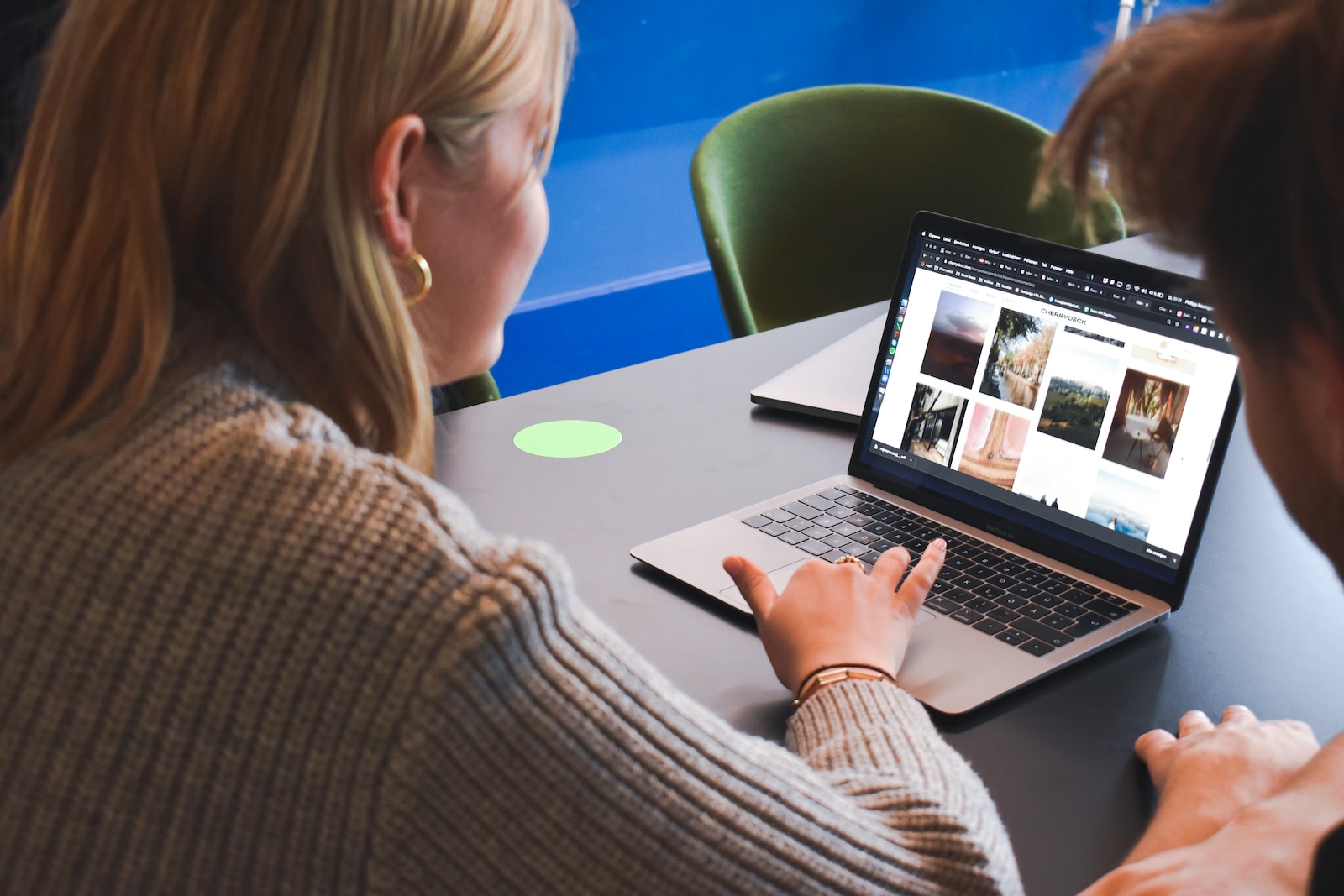Minimalism, as an art and design philosophy, has made significant strides in the last decade. The emphasis on simplicity, functionality, and eliminating excess has become deeply embedded in various domains – from architecture to lifestyle. In the realm of visual art, minimalist photography emerged as a poignant expression of this philosophy. Today, it has found its way into influencing modern website design, dramatically transforming user experience and aesthetics.
Embracing Negative Space
At the heart of minimalist photography is the powerful use of negative or ’empty’ space. The juxtaposition of a solitary subject against a vast backdrop compels the viewer to focus solely on the essential. In website design, this principle manifests as clean, clutter-free layouts. Designers utilize white space generously, giving breathing room for content and allowing users to focus on core messages without unnecessary distractions.
Guiding the User’s Eye
A common feature of minimalist photographs is the guided narrative. A single tree against a snow-covered field, a lone boat on calm waters – the minimalist photographer uses simplicity to guide viewers’ attention. Similarly, web designers employ this tactic by strategically placing essential content, call-to-action buttons, or navigation elements in positions of prominence. The reduced clutter ensures that visitors are naturally drawn to the most crucial parts of the website.
Unified Color Schemes
Colors play a pivotal role in setting the mood, and minimalist photography often relies on a limited color palette to convey emotions. Whether it’s the serene monotones of a misty morning or the stark contrast of a silhouette during sunset, the restricted use of colors enhances the subject’s significance. Modern websites have adopted this principle by leaning towards monochromatic or duo-toned color schemes. These limited palettes reduce visual noise, create harmony, and strengthen branding by offering a consistent and memorable visual experience.
Typography as an Art Form
Just as every element in a minimalist photograph is purposefully chosen, typography in modern website design has shifted from mere text to an essential design element. By selecting clean, readable fonts and giving them space to ‘breathe’, designers mimic the minimalist ethos of ‘less is more’. Much like a solitary subject in a photograph, well-placed typography stands out, ensuring that messages are clear and impactful.
Reinforcing Brand Messaging
The power of minimalist photography lies in its ability to convey a story or emotion with minimal elements. Websites influenced by this style echo this by ensuring that their brand messaging is straightforward and potent. By stripping away unnecessary design elements, users are left with the brand’s core message, leading to stronger recall and association.
Conclusion
Minimalist photography, with its essence of simplicity and purpose, has become a guiding force in the evolving landscape of modern website design. Its principles have proven to be more than just aesthetic choices; they are strategic moves aimed at enhancing user experience, ensuring message clarity, and creating memorable digital journeys. As the digital realm continues to be saturated with content, it’s this embrace of minimalism, inspired by the world of photography, that stands out, reminding us that sometimes, less truly is more.

